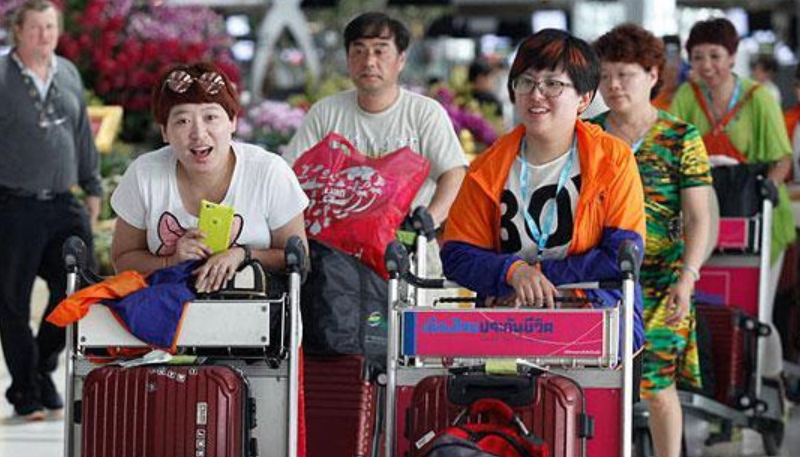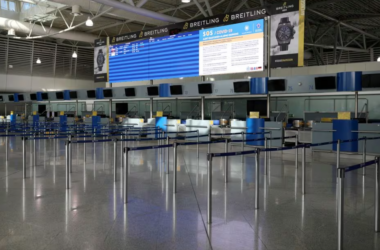The aftermath of pandemic-induced travel bans continues to cast a shadow over Chinese tourism to Australia, with visitor numbers from the Asian powerhouse still languishing below pre-pandemic levels. The protracted downturn in Chinese tourist arrivals underscores the enduring challenges facing Australia’s tourism sector and highlights the complexities of international travel amidst ongoing global health uncertainties.
Since the onset of the COVID-19 pandemic, Australia, like many countries worldwide, has implemented stringent travel restrictions and border controls in an effort to contain the spread of the virus and protect public health. These measures, while necessary from a public health perspective, have had profound ramifications for the tourism industry, which relies heavily on international visitors, particularly from key markets such as China.
Chinese tourists have long been a mainstay of Australia’s tourism sector, contributing significantly to the economy through spending on accommodation, dining, shopping, and attractions. However, the imposition of travel bans and quarantine requirements has effectively halted the flow of Chinese visitors, leaving tourism operators and businesses grappling with a sharp decline in revenue and foot traffic.
Despite the gradual easing of travel restrictions in recent months, Chinese tourist arrivals to Australia have yet to rebound to pre-pandemic levels. The lingering impact of the pandemic, coupled with ongoing concerns about safety and uncertainty surrounding international travel, has dampened enthusiasm among Chinese travelers, many of whom remain cautious about venturing abroad.
Furthermore, geopolitical tensions and diplomatic strains between China and Australia have added an additional layer of complexity to the situation, further dampening Chinese interest in visiting Australia. Bilateral relations between the two countries have deteriorated in recent years, leading to a decline in Chinese outbound tourism to Australia and impacting various sectors, including education, trade, and investment.
The Australian tourism industry, already reeling from the devastating effects of the pandemic, now faces the daunting challenge of rebuilding consumer confidence and reinvigorating demand from key international markets, including China. Tourism operators and industry stakeholders have been exploring innovative strategies to attract Chinese visitors, including targeted marketing campaigns, product diversification, and enhanced safety measures to reassure travelers.
Efforts to revive Chinese tourism to Australia have also been bolstered by the rollout of vaccination programs and the gradual reopening of international borders. The resumption of direct flights between China and Australia, along with initiatives to streamline visa processes and facilitate safe and seamless travel experiences, are seen as critical steps towards revitalizing tourism flows between the two countries.
However, the road to recovery remains fraught with uncertainties, as Australia navigates the complexities of managing the ongoing pandemic while striving to revitalize its tourism sector. The emergence of new variants of the virus, changes in travel regulations, and shifting consumer preferences are among the factors that could influence the trajectory of Chinese tourism to Australia in the months and years ahead.
As the tourism industry grapples with the challenges posed by the pandemic and geopolitical dynamics, collaboration and cooperation between governments, industry stakeholders, and the broader community will be essential in charting a path towards sustainable recovery and growth. While the road ahead may be long and challenging, the resilience and adaptability of Australia’s tourism sector offer hope for a brighter future, where Chinese visitors once again contribute to the vibrancy and prosperity of the country’s tourism landscape.








